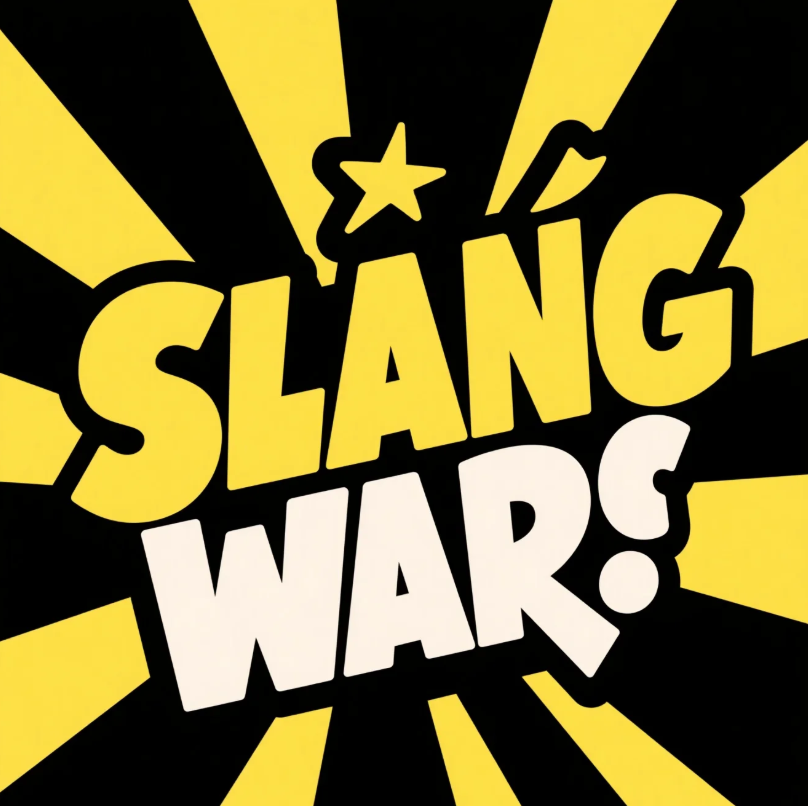Language is more than just a means of communication—it’s a mirror reflecting culture, social values, and identity. Nowhere is this more evident than in the slang we use to describe our friends. The word “mate,” for instance, might seem universal, but its meaning and usage vary significantly between the United Kingdom, the United States, and Australia. Understanding these nuances is not just a linguistic curiosity; it’s essential for navigating intercultural conversations, particularly in our increasingly globalized world. In this article, we’ll explore the diverse interpretations and cultural contexts surrounding the slang term “mate” and its equivalents.
The UK: Brotherhood and Banter
In the United Kingdom, “mate” is a staple of everyday conversation. Whether you’re at the pub, riding the Tube, or chatting at work, you’re bound to hear it. In British English, “mate” is synonymous with “friend,” but it’s more than that—it implies familiarity, equality, and a relaxed form of camaraderie.
Cultural Context
British culture places high value on modesty, understatement, and social cohesion. The term “mate” embodies these traits. It’s informal and egalitarian, making it suitable across class lines and age groups. While “friend” can sound formal or distant, “mate” feels more grounded and accessible.
Common Usage
- “Cheers, mate.” (Thank you, friend.)
- “Alright, mate?” (How are you?)
- “My mate Dave works in IT.”
In confrontational settings, however, “mate” can carry an ironic or even hostile tone:
- “Listen here, mate…” (usually precedes a disagreement)
Regional Variations
In some regions, particularly in working-class communities, “mate” is more prevalent than “friend.” In northern cities like Manchester or Liverpool, it’s almost a default form of address, even for strangers.

The US: A Different Vocabulary
Americans don’t commonly use the word “mate” to refer to a friend. Instead, the slang lexicon includes terms like “buddy,” “pal,” “dude,” and more recently, “bro.” Each term carries its own connotation and cultural weight.
Cultural Context
American English tends to be more expressive and varied when it comes to casual relationships. The choice of slang often reflects regional dialects, subcultures, and even generational differences.
Common Slang Terms for ‘Friend’
- “Buddy” – Friendly and approachable; common in the Midwest.
- “Pal” – Old-fashioned but still used in some circles.
- “Dude” – West Coast origins, now nationwide; casual and often gender-neutral.
- “Bro” – Common among younger males, particularly in sports or fraternity culture.
- “Homie” – Urban slang, originally from African-American Vernacular English (AAVE).
Usage Examples
- “Hey buddy, can you help me with this?”
- “That dude is hilarious.”
- “What’s up, bro?”
The Absence of “Mate”
If an American uses “mate,” it’s often affected or imitative—perhaps they’ve traveled or watched a lot of British or Australian media. In the U.S., “mate” might even be mistaken for a romantic partner due to its use in phrases like “soul mate.”
Australia: Mate as a National Symbol

No country embraces the term “mate” quite like Australia. It’s not just a slang term—it’s a national ethos. Rooted in the concept of “mateship,” the word carries cultural, historical, and emotional weight.
Historical Background
“Mateship” is deeply embedded in Australian identity. It dates back to the early days of colonization and was solidified during the World Wars, when soldiers relied on their “mates” for survival. The term encapsulates loyalty, equality, and mutual respect.
Everyday Use
In Australia, “mate” is used liberally and across all demographics. It’s a term of endearment, a social equalizer, and even a way to diffuse tension.
- “G’day, mate!” (Hello, friend!)
- “No worries, mate.” (It’s all good.)
- “Thanks, mate.”
Political and Legal Recognition
The term “mateship” has even been proposed for inclusion in the Australian constitution. That’s how culturally significant it is.
Dual-Edged Usage
Much like in the UK, “mate” can also be used in aggressive contexts:
- “Mate, you’ve got to be kidding.”
Tone and context are everything. A friendly “mate” can turn confrontational depending on vocal inflection and body language.
Linguistic Analysis: Why Slang Matters
Slang terms like “mate,” “buddy,” or “dude” are not mere linguistic flourishes; they serve important social functions. They signal group membership, reduce social distance, and can either include or exclude.
Pragmatics and Politeness
Understanding the pragmatics of slang—the way it’s used in real-life interactions—is essential for effective communication. Saying “mate” in a British pub builds rapport. Saying it in an American boardroom might confuse people.
Identity and Belonging
Slang fosters a sense of belonging. Australians use “mate” to assert their national identity. Brits use it to maintain social ease. Americans choose their slang based on subcultural affiliation.
Social Media and Globalization
With the rise of global media, the boundaries between these regional slangs are blurring. TikTok, YouTube, and Netflix expose audiences to international English varieties. As a result, younger generations are increasingly adopting hybrid vocabularies.
For instance, an American might say “cheers, mate” after binge-watching British shows, while an Aussie might joke, “What’s up, bro?” after scrolling through U.S. memes.
Mind Your Mate
Understanding the cultural underpinnings of slang terms like “mate” can make a big difference in how we relate to one another across borders. It’s not just about getting the words right—it’s about grasping the tone, the context, and the cultural baggage they carry.
So the next time you hear someone say “mate,” pause for a moment. Ask yourself not just what it means—but where it’s coming from, and what it says about the speaker. In a world that’s more connected yet more complex than ever, these small linguistic insights can go a long way.
Interested in more insights like this? Subscribe to YapTalk for cultural deep dives, language comparisons, and international communication tips. Let’s decode the world, one word at a time.










Leave a Reply